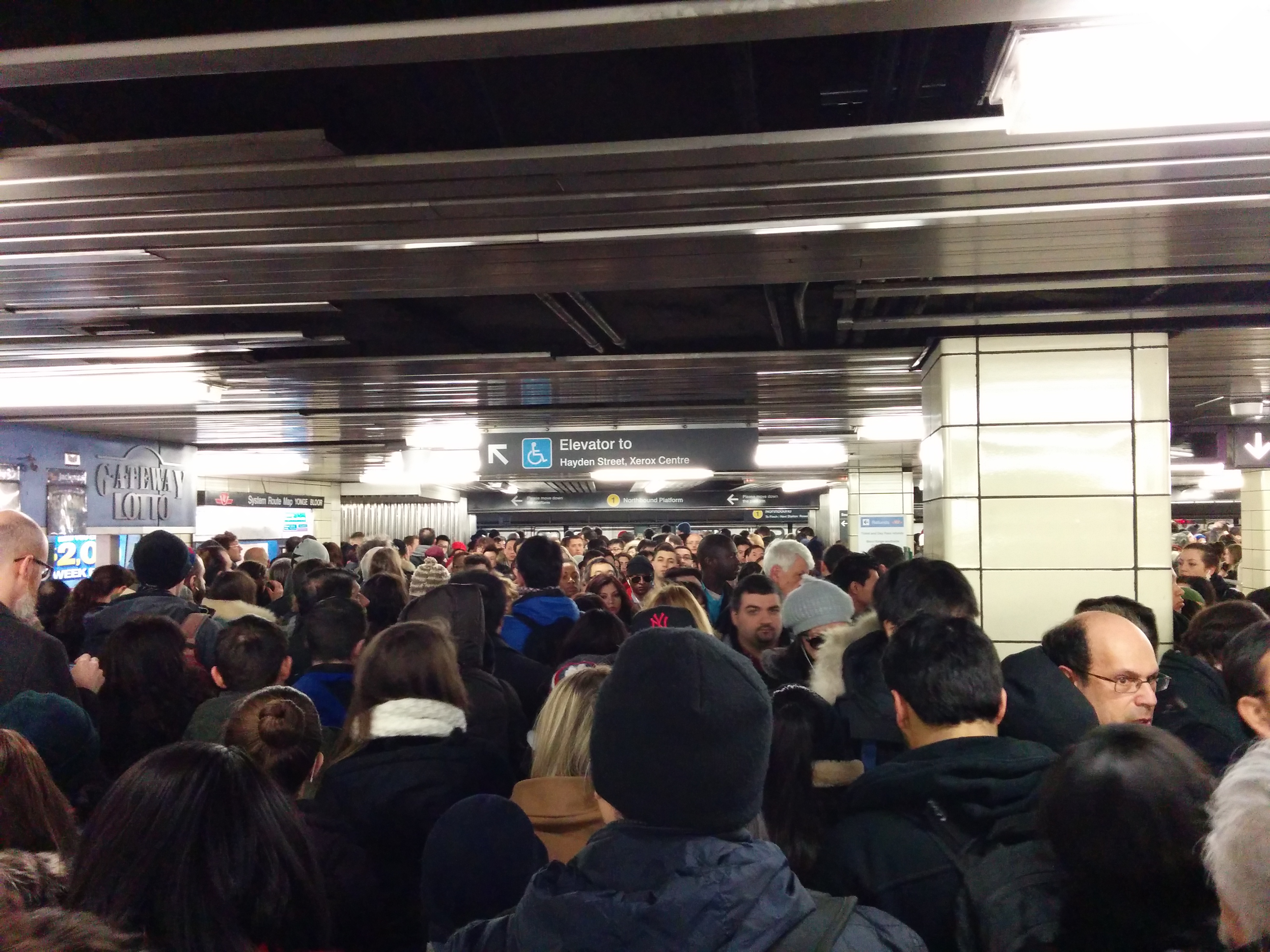44 North
Senior Member
"Stupid" You have a habit of hurling superlatives, and not apologizing when being proven wrong.
That's pretty much the MO I've gotten. Call people stupid, liars, racist, that they've 'never had a job', etc. But when called out on her BS she doesn't say anything.
DLR was built *in lieu* of London Underground, an entity that no longer exists per-se. It is driverless and short distance, I've travelled on it many times. What do you suggest, commuting from Vaughan on one?
I guess one would have to define "lieu" in this instance. No question it was in lieu of a standard extension of the underground/deep tube, but what was built was the closest thing possible. In other words not a surface transit upgrade, nor a commuter rail upgrade; but a fully grade-separated high-frequency high-capacity rapid line offering optimal local/medium-haul service in an urban environ. AKA a subway/metro line. The majority wouldn't opt to travel from places as far as Vaughan on such a service, but for local/med distance (i.e what subways are for) I think it's a fairly good compromise. This is why I support keeping/upgrading Line 3 and hoping we study similar options elsewhere.
